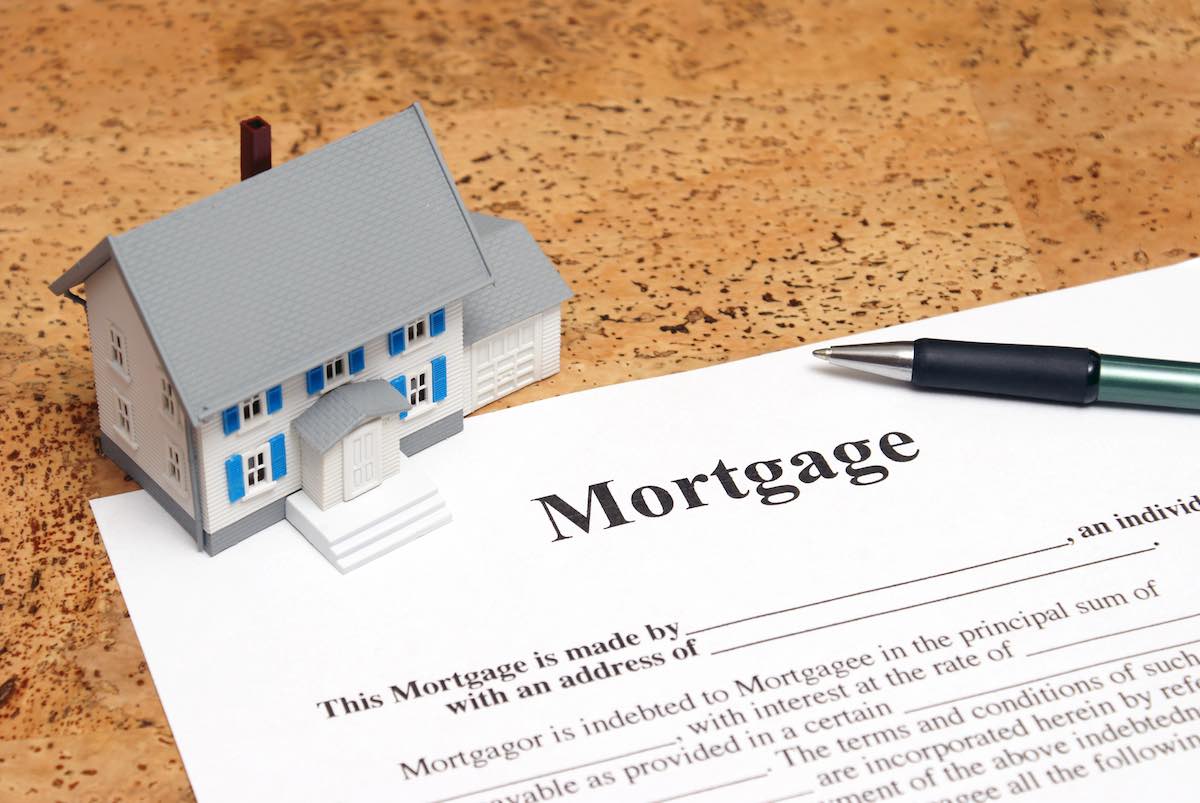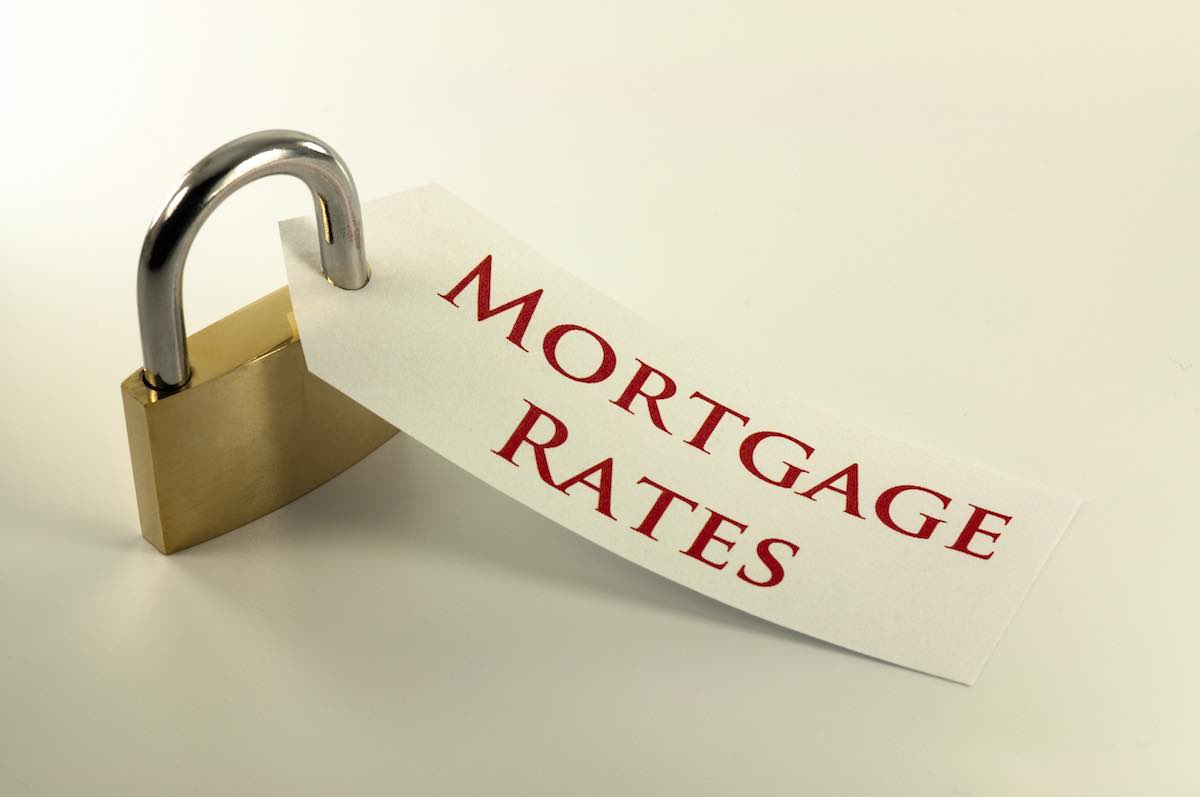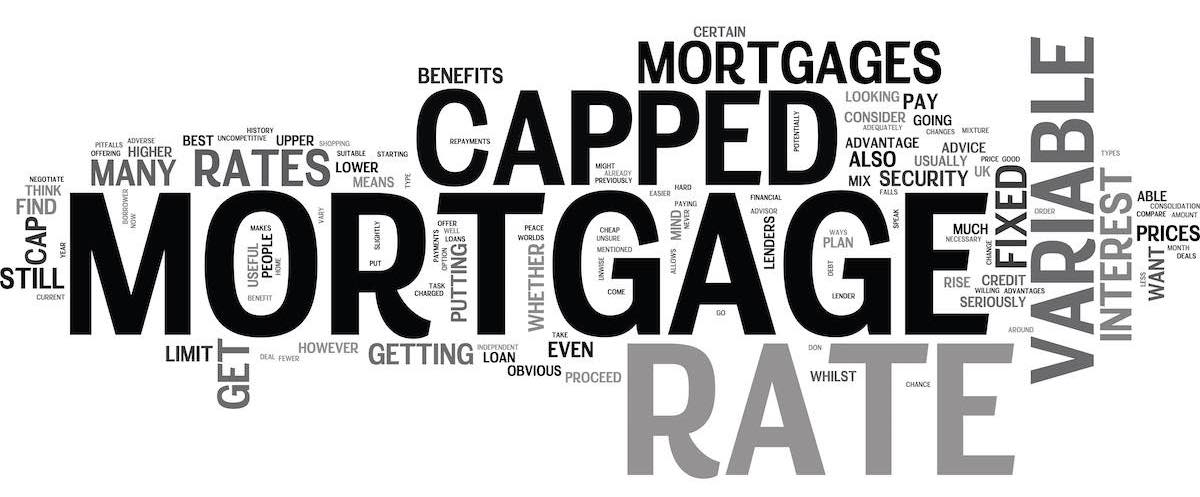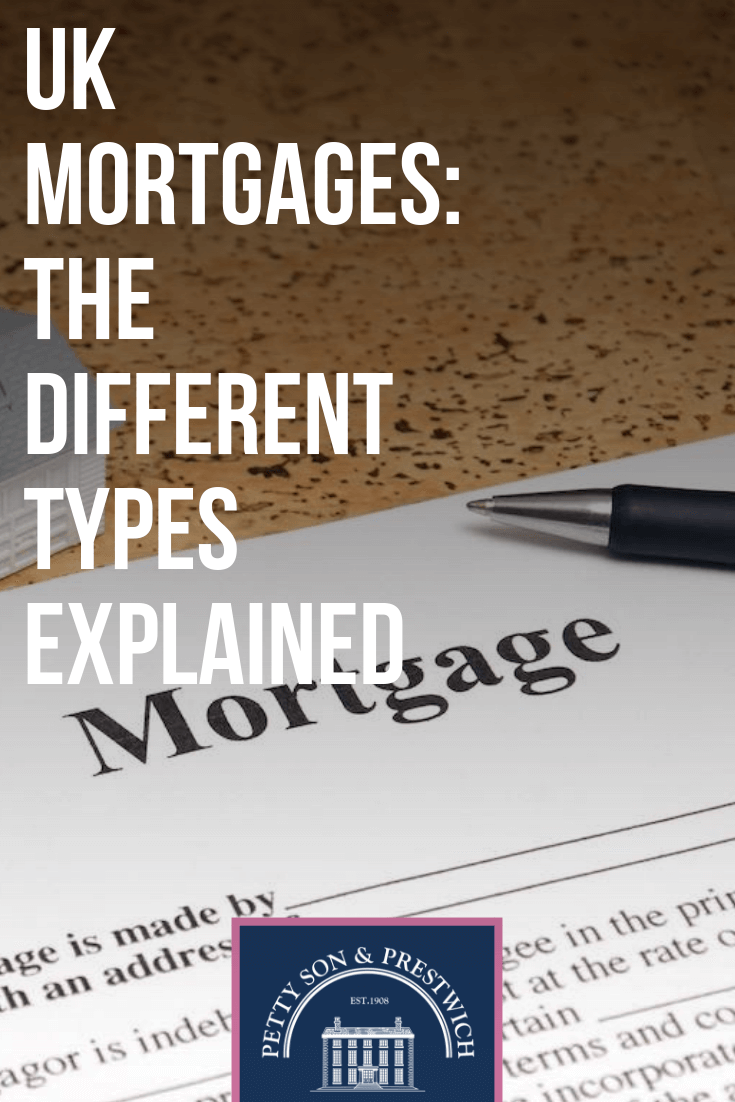Finding the right mortgage for your needs is essential if you want to make a successful entry into the property market. The problem is, where do you start? If you have no knowledge of the different types of mortgage and what they mean, the choice can make your head spin.
Despite all serving the same purpose (i.e. lending you money to buy property at a given rate of interest that you’ll need to pay back over time), there are many different types of mortgage available. These include:
- Repayment
- Interest-only
- Fixed
- Variable
- Tracker
- Capped
- First-time buyer
- High percentile (i.e. 95 or 100% mortgages)
- Discount
- Offset
- Flexible
- Cashback
- Buy-to-let
The question is, what do they all mean? While some are relatively self-explanatory, others are vague and confusing. So, it’s time to shed a little light on the different types of mortgage UK property purchasers can choose from!
Repayment

Let’s start off with the most common of all, repayment mortgages. Repayment mortgages are the base for the vast majority of other mortgages on the market, regardless of their fancy marketing names and terms.
The principal is simple: you receive a loan from a lender and pay it back over a period of time, which can be anywhere up to 40 years in today’s marketplace but more commonly anywhere between 20 and 30 years. Each month’s payment will repay part of the capital borrowed and part of the interest attached to the loan. Once the designated period has elapsed, your loan will be paid in full and the property will be yours.
Naturally, when you’re talking about such long periods of time, the likelihood is that you’ll want to move before that time is up, which is, of course, possible. Your choices are relatively straightforward here: you can ‘port’ the mortgage (take it with you) or pay off the remaining amount and start afresh with a new mortgage on your new property.
Interest-only
Interest-only mortgages are, for want of a better way of putting it, the odd one out on our list. While, as mentioned above, most mortgages work around the repayment principal, interest-only mortgages operate in an entirely different fashion.
As the name suggests, interest-only loans work on the basis of merely paying back the interest on the mortgage each month. This sounds great when you find out just how little you’ll have to pay every month, but you’ll still be liable for the capital borrowed when the term comes to an end. What this means is that you need to be 100% certain you’ll have the money to hand once your loan period elapses, otherwise you could be forced to sell your home.
Buyers utilising interest-only mortgages usually opt for high interest fixed rate savings accounts that lock in their money to ensure they have the funds necessary to cover the repayment when the time comes, but others have gotten more creative in the past. However, it’s worth bearing in mind that lenders can ask to see exactly how you plan to pay off the capital borrowed before they stump up the cash, so bear that in mind before approaching a bank or building society for this type of loan.
Fixed rate

Popular with first-time buyers, and everyone else in times of uncertainty (hello Brexit!), is the fixed rate mortgage. Again, this is another one that does what it says on the tin, namely that the rate will be fixed for a certain period of time. This timeframe can vary from two years at the lower end, all the way up to 10 years in some instances.
The upside of a fixed rate loan is obvious: you know exactly where you stand for the duration of the fixed period. Regardless of what happens elsewhere, your repayments will remain the same each and every month until the term comes to an end. Once completed, the mortgage will then revert to the lender’s standard variable rate (SVR) and you’ll be able to switch lenders or apply for another fixed rate term with your existing provider should you wish to do so.
Obviously, there’s a flipside, too. Should mortgage rates drop, you’ll be left paying off your loan at the higher rate while others enjoy a drop in their monthly payments. Not only that, but you’ll be tied in for the duration of the term as well, meaning that if you decide to pay off, switch, or terminate the mortgage before the designated timeframe has elapsed, you’ll have to pay an early repayment charge that is predetermined when you take out the agreement.
Variable rate
As mentioned above, lenders will have a standard variable rate which they base all of their other products around, and it’s this rate of interest that your fixed rate mortgage will revert to once the fixed period comes to an end. In short, this will be the lender’s basic mortgage.
The ‘variable’ aspect applies to the interest rate charged on the money you borrow, and that can go up as well as down. Variable rate mortgages are loosely hinged around the Bank of England’s base rate, but they’re also subject to the lender’s own criteria, too. This means that your rate could increase even if the BoE’s rate remains the same.
Trackers
Tracker mortgages, unlike SVRs, follow a designated interest rate by a set amount, either above or below the chosen rate of interest. The rate these mortgages usually follow is the Bank of England’s base rate, which means that if the BoE decides to hike interest rates, your mortgage repayments will follow suit and vice versa should they decide to drop them.
One thing to be aware of with trackers is the lender’s specification for the lower end of the base rate. Many will stipulate that the loan cannot drop below a certain rate, regardless of what the BoE does, whilst maintaining that there is no cap on the upper end. This means their loan is covered by a basic profit margin, but you have no guarantee against your repayments going through the roof.
Capped rate

If the last sentence of the above section gave you the horrors, then a capped rate mortgage may suit you better. Capped rate loans mean exactly that: your interest rate will never rise above the stipulated amount given when you take out the mortgage, but you could still benefit should they go down.
Capped rate mortgages are, however, very difficult to find at the moment.
First-time buyer
While first-time buyers are free to choose any mortgage mentioned on this list (with the obvious exception of buy-to-let), some lenders may offer deals exclusively to those looking to get on the property ladder for the first time.
These mortgages will often be tied in with government schemes like Help to Buy.
High percentile
Otherwise known as 95% or 100% mortgages, high percentile loans are offered for those who are unable to raise a sufficient deposit to buy a property. These all but disappeared after the 2007 crisis, but they are starting to creep back into the market once again. The introduction of Help to Buy in 2013 also gives those struggling to find the usual 10% minimum deposit a chance to get a foot on the ladder, but it’s not without risk.
Borrowing on such short margins opens the buyer up to the very real possibility of negative equity. Without the cushion of a decent deposit, house prices only have to go south by a small amount and the mortgage will be left higher than the value of the home it’s lent on. This result of this risk often means that lenders will hike rates to cover their exposure, making monthly repayments hefty in the process.
While those who are struggling to find a deposit may see these mortgages as an easy way to buy their first home, they should be aware of the dangers associated with opting to go down this route before signing on the dotted line.
Discount rate
Discount rate mortgages are offered below the lender’s standard variable rate (SVR) by a certain amount. While these are great if the SVR is stable, when there’s volatility in the lending market they can prove to be a rollercoaster ride as rates can go up as well as down.
As one would expect, lenders commonly restrict these deals to certain timeframes, usually anywhere between two to five years.
Offset
![]()
Offset mortgages aren’t the most popular loan type on our list, but they may suit a certain sector better than any other. Ideal for those who have a decent amount of savings and who fall into the highest tax rate band, offset mortgages operate in a unique fashion that combines both your mortgage and your savings together.
Essentially, with an offset mortgage, you’ll only pay interest on the difference between your mortgage and your savings. So, for example, someone with a £200,000 mortgage and £25,000 in savings will only pay interest on £175,000. This is calculated month by month.
While your savings will still be accessible, eating into the amount you have will lower the amount you are offsetting by, thus increasing your mortgage term. Your savings won’t earn any interest if they are being used to offset your mortgage, but that means there’ll be no tax to pay either, hence the reason why those in the higher tax band may find this kind of loan attractive.
Flexible (or flexi)
Flexible mortgages are often taken out by those who are unsure of a steady income month to month, such as those who are self-employed, for example. As the name suggests, flexible, or flexi, mortgages allow you to pay more or less each month, with some even allowing you to miss payments altogether some months if circumstances become exceptionally tricky.
The downside? Flexible mortgages are generally offered at an increased rate of interest by lenders.
Cashback
Cashback gained popularity in the 90s when credit card companies started to offer money back on purchases as a reward incentive to entice consumers into choosing their product over rival card issuer’s offerings. Cashback mortgages work in exactly the same way: you’ll get a designated amount back on the loan, usually a percentage, when you choose that particular product over another.
Cashbacks can run into a handsome chunk of change when you’re talking about a loan of hundreds of thousands of pounds, but it shouldn’t be treated as free money. Check the interest rate you’re paying and read the small print before signing up - there are often much better deals available when you take everything into account.
Buy-to-let
Last on our list of the different types of mortgage available in the UK is buy-to-let.
Buy-to-let mortgages exist for those who are looking to purchase property with the aim of renting that home out rather than living in it themselves. The calculations involved in a buy-to-let mortgage will differ from all of the above as the lender will generally consider the amount of rent the property is likely to achieve when deciding how much they are willing to lend.
That’s it, all 13 types of mortgage explained! Hopefully you now have a better handle on UK mortgage types, but if you need any more help with anything property related, just give us a call or drop us a line. We’re always happy to help.
